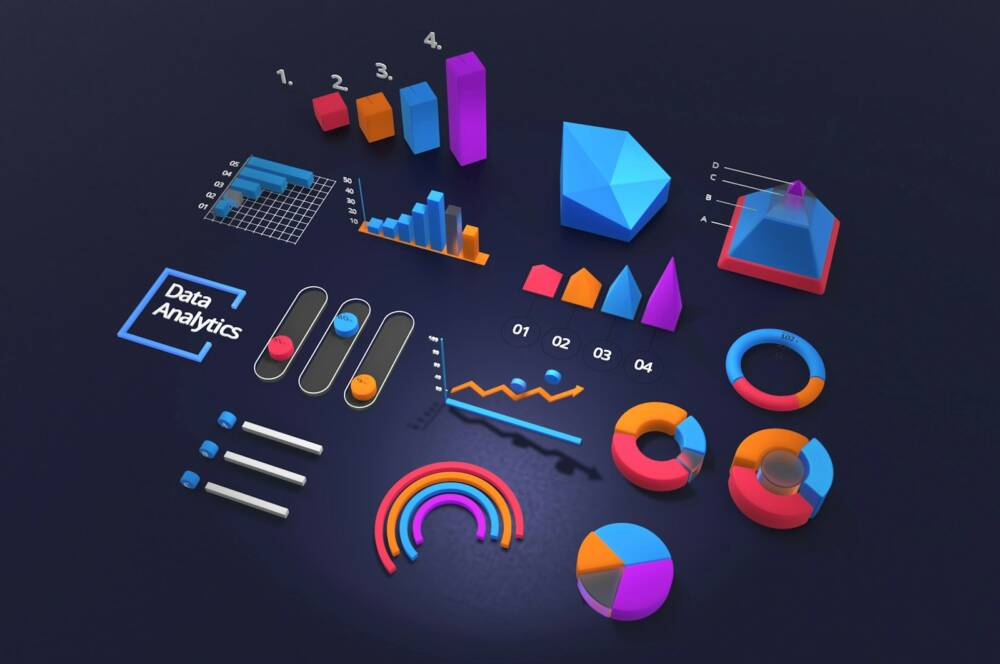Computer-Aided Design, or CAD, has been a game-changer in design. CAD software allows designers to quickly and precisely
Create and manipulate digital 2D and 3D models. This technology has revolutionised how designers work by providing many benefits that enhance design quality and productivity. This article will explore the top 10 benefits of using cad in your design work.
1. Improved Design Accuracy
Working with traditional design methods often requires manual drafting and hand-sketching, which can lead to mistakes and errors. With CAD, designers can create 2D and 3D models, check dimensions, and analyse geometric relations to ensure that the design is accurate within fractions of an inch. This process improves the quality of the final product and saves time on revisions.
2. Time-Saving
CAD software lets designers quickly create and visualise their concepts, improving productivity. Revisions and modifications can also be made quickly and easily, saving time on redesigning from scratch. This is particularly useful for larger projects where time is of the essence.
3. Enhanced Visualisation
CAD allows designers to create 3D models and renderings, which provide a realistic visual depiction of their designs. These visualisations help clients and stakeholders visualise the final product and give designers a better understanding of how their plans will look in the real world.
4. Increased Collaboration
Collaboration is crucial in the design process, especially in larger projects involving multiple teams. CAD software allows designers to share and collaborate on the same task in real time, even when working remotely. This feature enhances communication among teams and reduces the chances of errors or misunderstandings.
5. Cost-Efficiency
CAD software reduces production costs in several ways. For example, it eliminates the need for physical prototypes, which are expensive to create and may not accurately reflect the final product. CAD also reduces the possibility of errors and mistakes, which can be costly to fix.
6. Design Reusability
CAD software allows for the easy reuse of design elements. This means that designers can use and modify existing designs to create new ones, saving time and effort in redesigning from scratch. Reusable components can also improve consistency in design and reduce the likelihood of errors.
7. Improved Design Documentation
CAD software generates detailed documentation of the design process, making tracking changes easier and ensuring that every design aspect is accounted for. This documentation is also helpful for future reference, allowing designers to refer to previous designs and reuse elements in new projects.
8. Customisation
CAD software allows for easy customisation of designs. This means designers can create products tailored to specific needs, preferences, and requirements. Customisation benefits clients who require personalised designs, such as medical devices or prosthetics.
9. Accessibility
CAD software is accessible to all designers, regardless of location or background. This means designers can work remotely, collaborate with others, and access various resources and tools. CAD has also made design accessible to non-designers, allowing them to create and customise designs using easy-to-use software.
10. Sustainability
CAD software has helped to improve sustainability by reducing waste and minimising the environmental impact of product design. By eliminating the need for physical prototypes, CAD reduces waste and conserves resources. It also optimises manufacturing processes, leading to more efficient and sustainable production.
MKTPlace is a leading digital and social media platform for traders and investors. MKTPlace offers premiere resources for trading and investing education, digital resources for personal finance, news about IoT, AI, Blockchain, Business, market analysis and education resources and guides.













